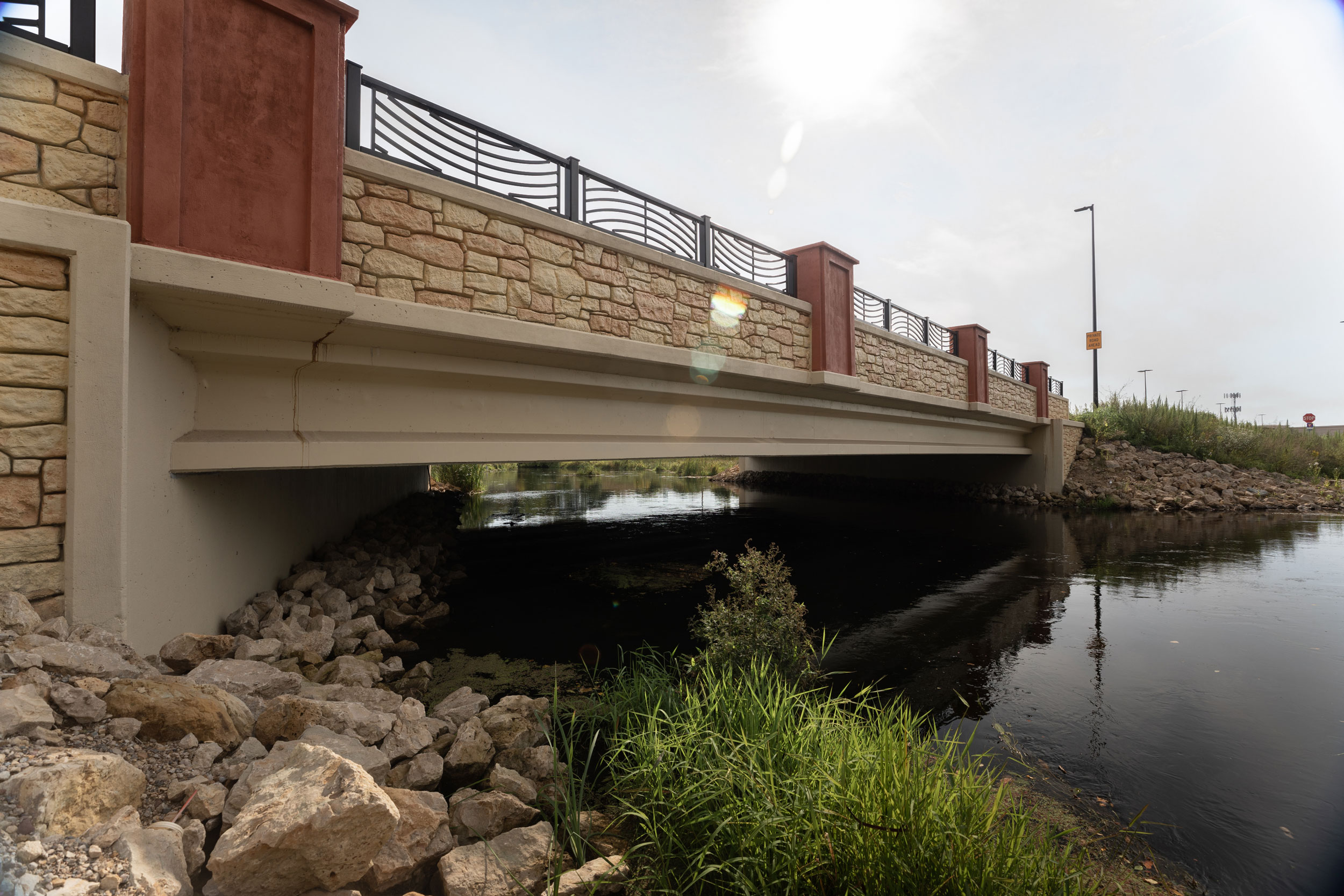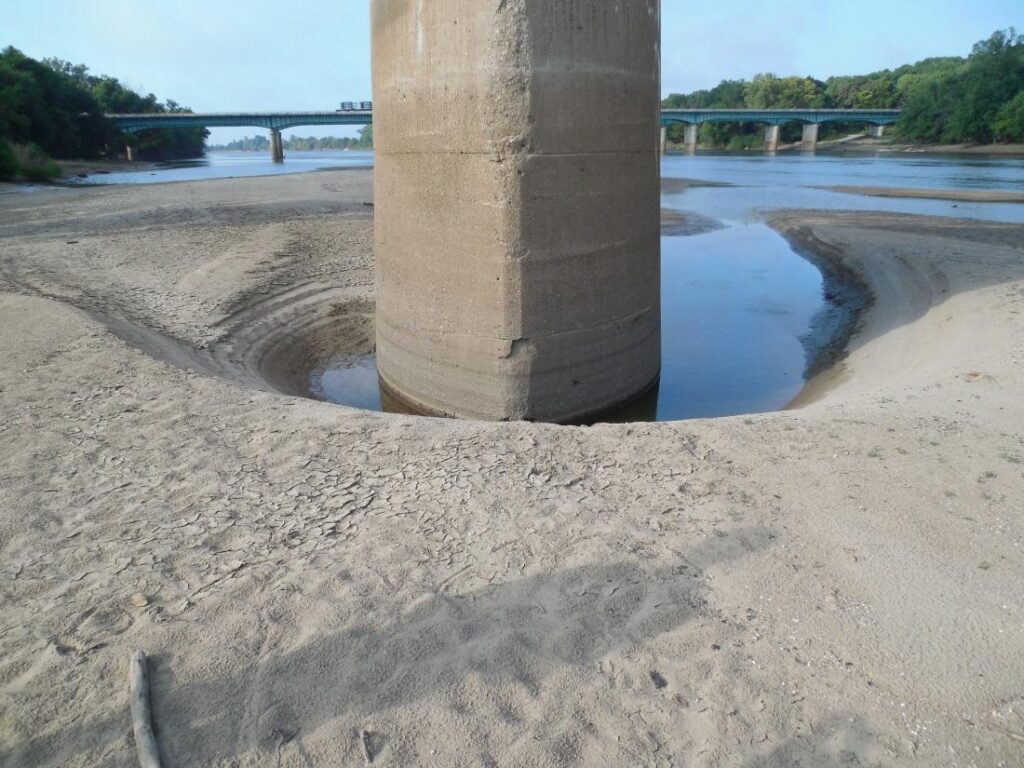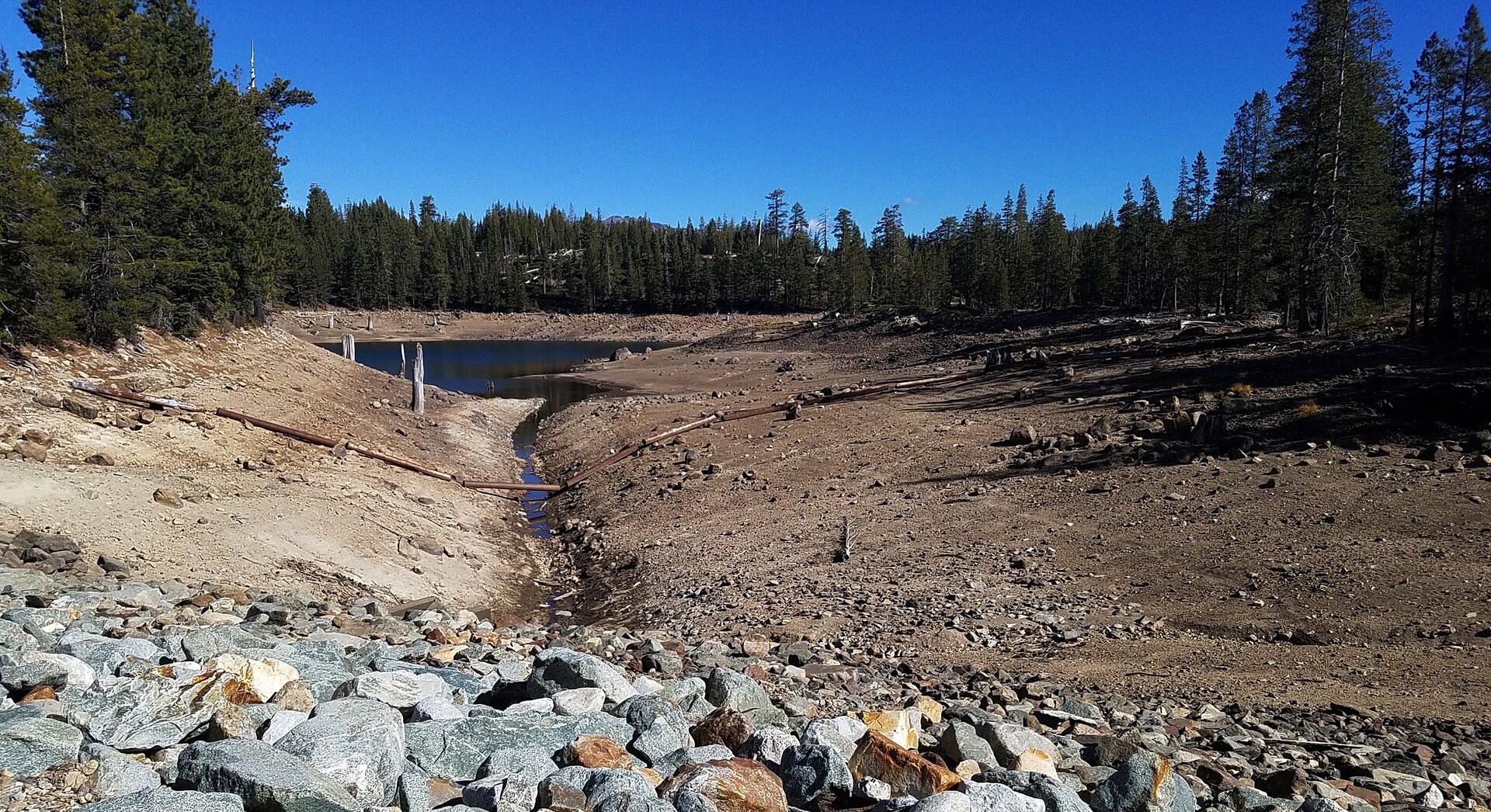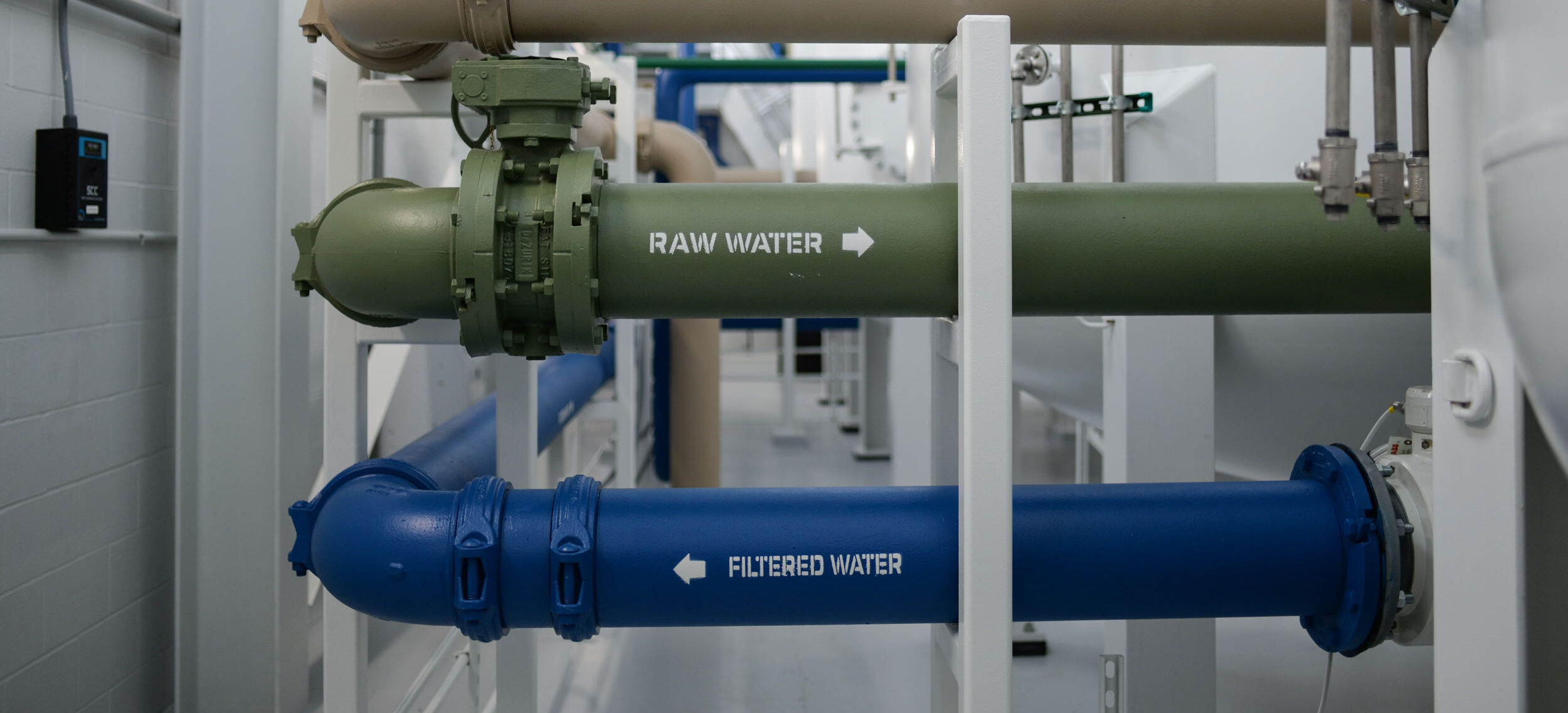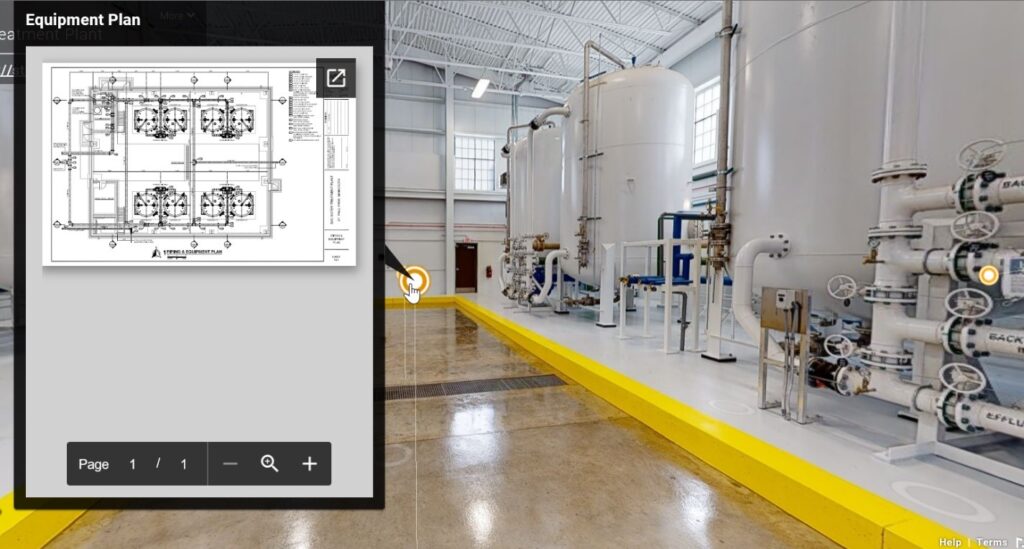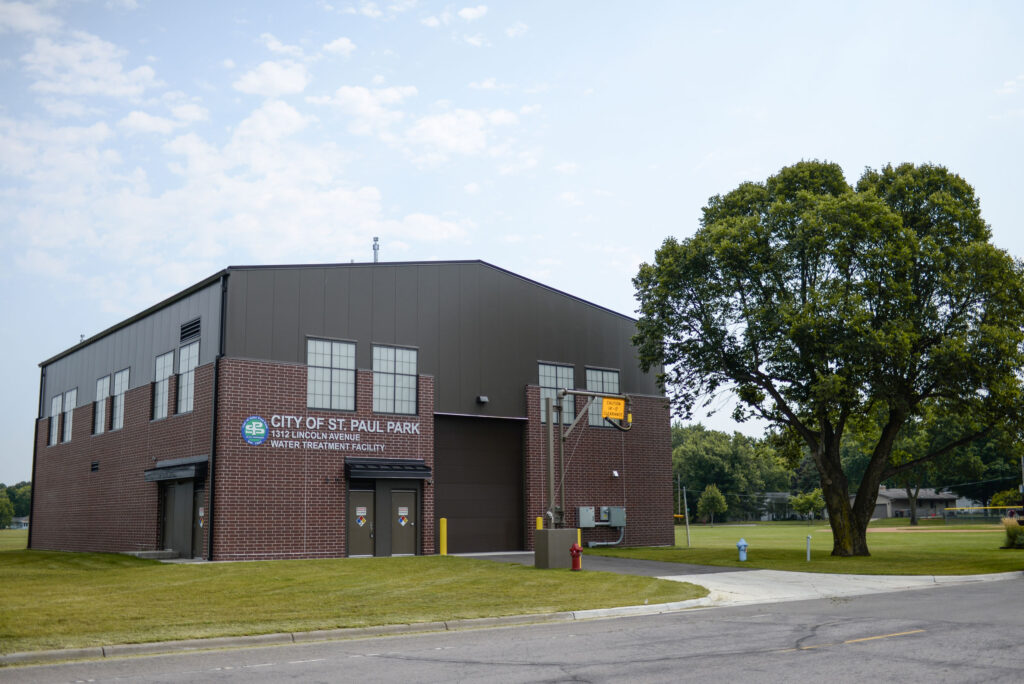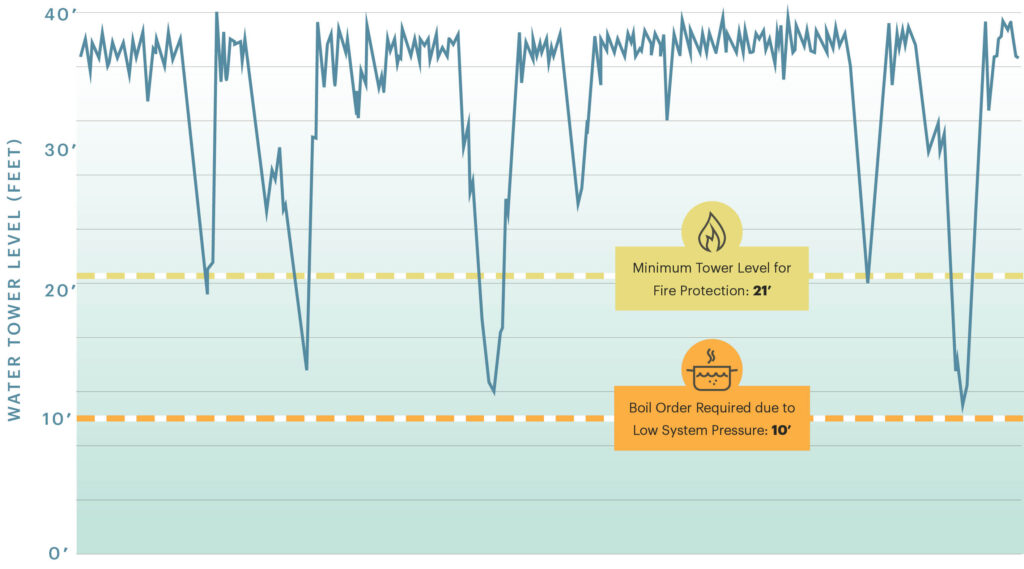
Annual Minnesota Transportation Funding Opportunites
There are many recurring transportation funding opportunities in Minnesota that are open for applications now and into early 2022. The list below provides additional details on each of the funds. Now is the time consider if your community has transportation projects that fit these programs. If you believe that your community qualifies and would like help with the application or if you’re not sure your project is a good fit, contact Bart Fischer ([email protected] or 651.286.8484) to learn more.
- MnDOT’s Greater MN (Non-Metro) Highway Safety Improvement Program (HSIP) – This program aims to reduce traffic fatalities and serious injuries involving vehicles, bicycles and pedestrians on all public roads. It is open for applications September 3, 2021 – November 24, 2021. Eligible projects are categorized as proactive – projects that address known risk factors; and reactive – projects that address a sustained crash location.
- MnDOT’s Metro Highway Safety Improvement Program (HSIP) – The HSIP solicitation for metro area counties will occur in spring of 2022. Like the Greater Minnesota HSIP, this program aims to reduce traffic fatalities and serious injuries involving vehicles, bicycles and pedestrians on all public roads. Eligible projects are categorized as proactive – projects that address known risk factors; and reactive – projects that address a sustained crash location.
- MnDOT’s Safe Route to School (SRTS) Infrastructure – Applications will be accepted October 4, 2021 – January 7, 2022; letters of intent are due by October 29th, 2021. The program funds capital projects that promote and encourage more students to walk or bike to school by making routes to schools safer and more accessible. $7.5M is available, with minimum awards of $50k and maximum awards of $500k. There is no matching requirement.
- State Park Road Account Solicitation – This MnDNR solicitation is open now through November 1, 2021. Funds are intended to improve local access roads to state parks, state campgrounds, public water access points, and other eligible recreational areas. Projects awarded funding must follow applicable state aid construction project requirements.
- Federal Land Access Program (FLAP) Funds – This program funds construction projects on public highways, roads, bridges, trails or transit systems that are located on, adjacent to, or provide access to federal lands for which title or maintenance responsibility is vested in a state, county, town, township, tribal, municipal, or local government. A 20 percent match is required. Applications are due by December 15th, 2021. A preliminary review of applications is available for draft applications submitted prior to November 19, 2021.
- Metropolitan Council’s Regional Solicitation – The next round of applications for the Metropolitan Council’s Regional Solicitation process will take place in the spring of 2022 to fund projects in 2026 and 2027. This solicitation, which is open for counties and communities within the seven-county Twin Cities metropolitan area, seeks applications for: roadways including multimodal elements; transit and travel demand management projects; and bicycle and pedestrian facilities. During the last round of the Regional Solicitation in 2020, approximately $200 million in federal transportation funds were awarded to 56 projects in 36 different cities and townships.
